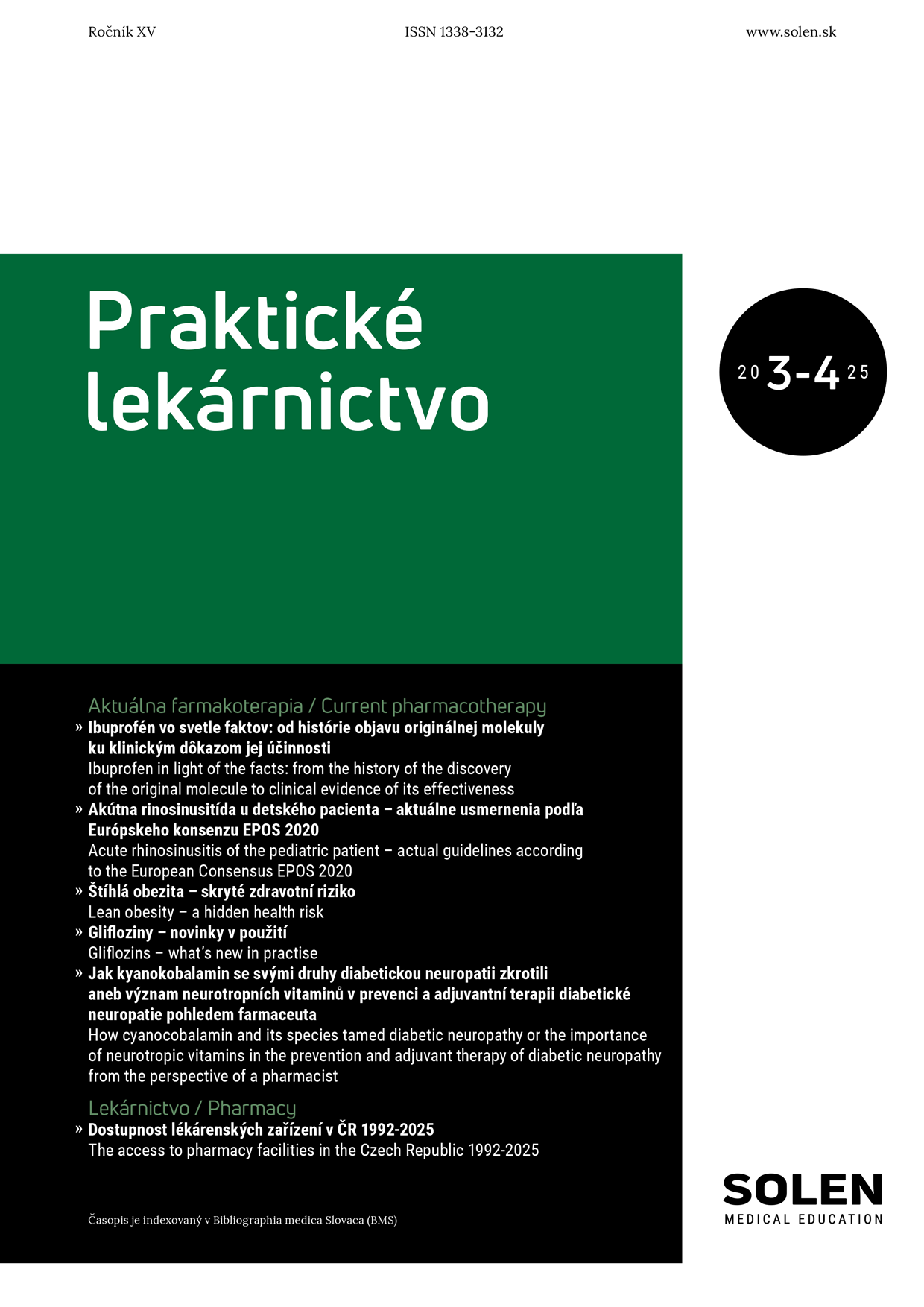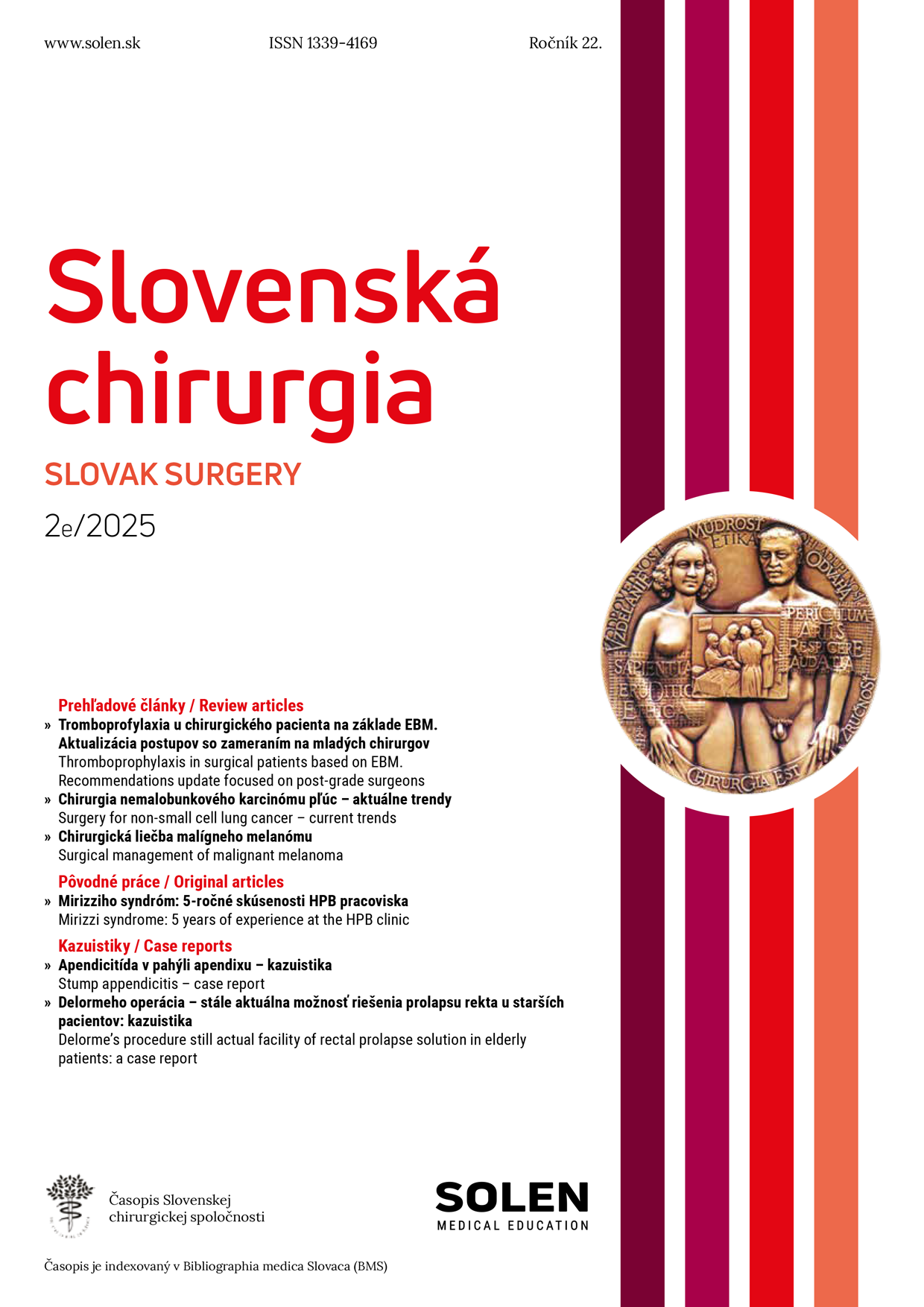Slovenská chirurgia 4/2012
Methods of debridement in the therapy of chronic wounds
Debridement of the wound is defined as the removal of foreign material and „dead“, contaminated tissue from a (or adjacent to) traumatic or infected lesion, aimed at disclosure of the healthy tissue. It may also include the removal of foreign material trapped in the wound. In a broader sense we can include to debridement also surgical incision, contraincision, abscess drainage, amputation, excision. In the literature there are described many methods of debridement of chronic wounds: surgical and sharp debridement, but in recent years non-surgical methods are gaining increasing attention: maggot therapy, mechanical debridement, enzymatic debridement using and autolytic. Debridement can also be divided according to the method used on selective and nonselective. The final choice of debridement method is based on the effort to achieve very fast, safe and painless wound healing. The correct choice of debridement method is the key role of the doctor treating chronic, non-healing wound. Paper is introducing review of main debridement types, their characteristics, advantages and disadvantages of their use.
Keywords: chronic wound, debridement, maggot therapy, wound care, healing, wet therapy.

















